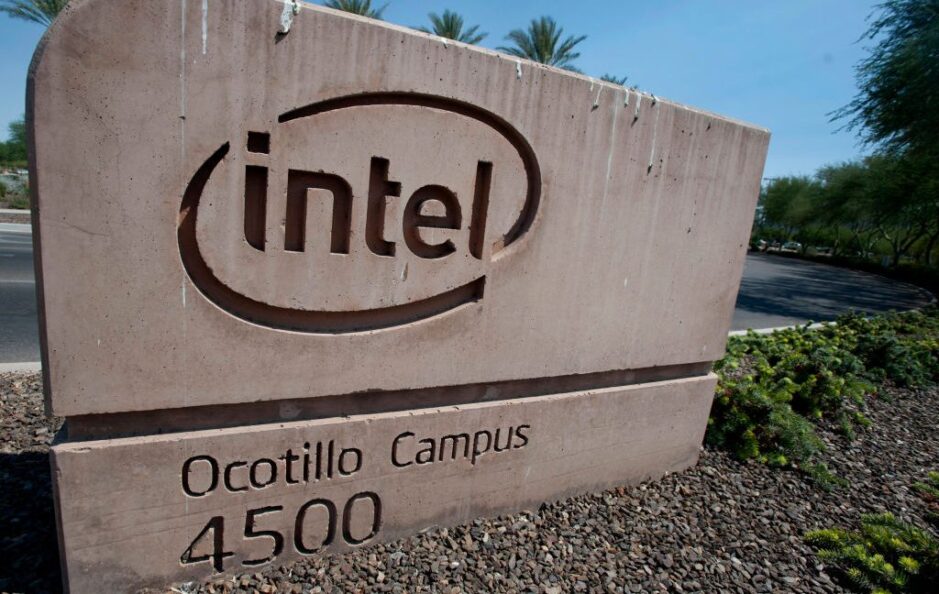SPHEREx and PUNCH: NASA’s Dual Missions to Unlock Cosmic Secrets
In an unprecedented step in astronomical research, NASA has successfully launched the SPHEREx (Spectrographic Imaging Planetary Exploration Observatory), designed to survey the cosmos and gather critical data about water content in star-forming regions of the galaxy. Accompanying SPHEREx is PUNCH (Polarimeter to Unify the Corona and Heliosphere), a secondary mission aimed at studying the Sun’s outer atmosphere. Both missions represent significant advancements in our understanding of astrophysics and the potential for extraterrestrial life.
SPHEREx Mission Overview
The SPHEREx observatory is equipped to conduct an all-sky survey by scanning millions of targets across the universe. Utilizing 102 infrared wavelengths for its measurements, SPHEREx will employ spectroscopy to determine the amount of water present in interstellar clouds, which are critical sites for star formation. As mission scientist Kathy Akeson noted, "Knowing the water content around the galaxy is a clue to how many locations could potentially host life." This insight could provide vital clues about the origins of life beyond Earth.
The data gathered by SPHEREx will not only be instrumental in understanding star formation but will also create a comprehensive catalog of galaxies and stars. These archives will serve as a resource for future research, facilitating follow-up studies by more powerful telescopes such as NASA’s James Webb Space Telescope and Hubble Space Telescope.
Observing the Solar System
Beyond its exploration of distant galaxies, SPHEREx will also focus on objects within our Solar System. This includes studying various bodies such as planets, asteroids, comets, and icy worlds beyond Pluto. The observatory will analyze key elements like water, iron, carbon dioxide, and various types of ices on the surfaces of these celestial objects. By cataloging such data, SPHEREx aims to enrich our understanding of the composition and evolution of our Solar System.
PUNCH: Studying the Solar Wind
Launched alongside SPHEREx, the PUNCH mission consists of four small satellites that will survey the solar corona, the Sun’s outer atmosphere. The mission, estimated to cost about $150 million, is built to unveil details regarding how the corona generates the solar wind—an ongoing stream of charged particles that travel through space at speeds close to 1 million mph.
Studying the solar wind is crucial due to its significant interactions with Earth’s magnetic field. Solar events, such as flares, can generate shocks in the solar wind current, raising the risk of geomagnetic storms. These storms can have various impacts on Earth, from beautiful auroras to serious disruptions in satellite operations and global communication networks.
Legacy and Future Implications
The all-encompassing nature of SPHEREx’s mission suggests that it may unearth valuable and unexpected discoveries, bolstering our comprehension of the universe and our place within it. By generating extensive data catalogs, SPHEREx will facilitate more targeted observations by advanced telescopes—enhancing our exploration capabilities with future technologies yet to be developed.
As these NASA missions unfold, they not only promise to enhance our scientific knowledge but also hold the potential to inspire future explorations and innovations in space science. Understanding the dynamics of both the cosmos and the solar phenomena surrounding our planet may redefine humanity’s approach to space, helping us understand not just where we come from, but also where we might go.
In summary, the joint launch of SPHEREx and PUNCH signifies a monumental step forward in space exploration, presenting opportunities for groundbreaking discoveries that could affect our understanding of life in the universe and the intricacies of our own solar environment.












